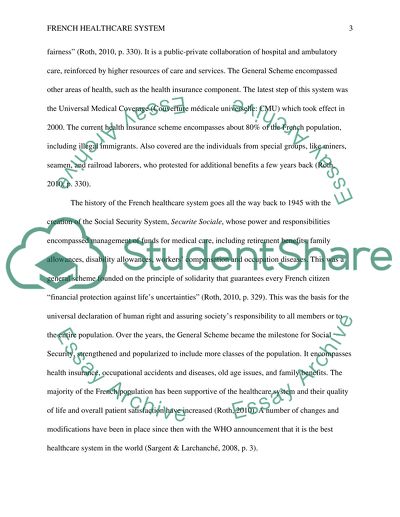Cite this document
(“Access to health care in France Research Paper Example | Topics and Well Written Essays - 1500 words”, n.d.)
Access to health care in France Research Paper Example | Topics and Well Written Essays - 1500 words. Retrieved from https://studentshare.org/health-sciences-medicine/1631242-access-to-health-care-in-france
Access to health care in France Research Paper Example | Topics and Well Written Essays - 1500 words. Retrieved from https://studentshare.org/health-sciences-medicine/1631242-access-to-health-care-in-france
(Access to Health Care in France Research Paper Example | Topics and Well Written Essays - 1500 Words)
Access to Health Care in France Research Paper Example | Topics and Well Written Essays - 1500 Words. https://studentshare.org/health-sciences-medicine/1631242-access-to-health-care-in-france.
Access to Health Care in France Research Paper Example | Topics and Well Written Essays - 1500 Words. https://studentshare.org/health-sciences-medicine/1631242-access-to-health-care-in-france.
“Access to Health Care in France Research Paper Example | Topics and Well Written Essays - 1500 Words”, n.d. https://studentshare.org/health-sciences-medicine/1631242-access-to-health-care-in-france.


